Joey Grimaldi - Clown Extraordinaire
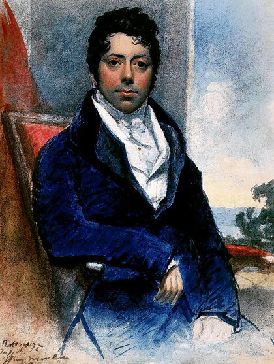
I’m ready to complete our look at human features much to the relief of some subscribers who have become obsessed with staring at people, especially those closest to them! It is a workplace hazard for those of us with artistic tendencies- staring that is!! And so onto clowns and their expressions. And where did it all begin? Mainly with this man.
Up until the late 1770s clowns (according to my reading) wore masks, not makeup. But in 1778 Joseph Grimaldi was born in London and he became the most famous Clown in London, gradually transforming the Clown character from a pratfalling country bumpkin into the most important character in the harlequinade, more important even than Harlequin. (Wikipedia)
The portrait above of Joseph Grimaldi was painted by J. E. T. Robinson in 1819. It's an interesting portrait as the face dominates and fascinates with the contrast from the pale forehead to the ruddy cheeks blending into the 5 o'clock shadow of his beard: the body except for the chest is irrelevant. Grimaldi's Italian father's DNA definitely shows through in this image.
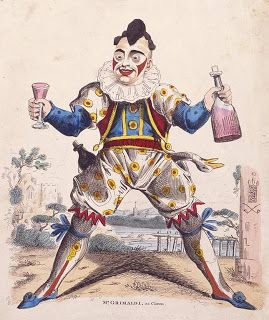

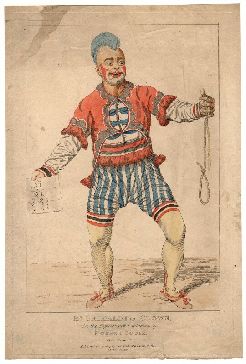
But it is Graimaldi's whiteface make-up that made him especially famous. He began by painting a white base over his face, neck and chest before adding red triangles on the cheeks, thick eyebrows and large red lips set in a mischievous grin. (Wikipedia) As you can see from the images, he wore his hair in a mohawk style.
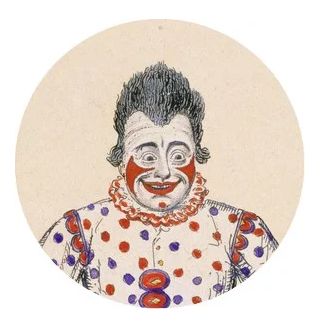
Joseph Grimaldi was not only a wonderful performer he was an artist with a keen sense of his image as illustrated here in this fabulous pen and ink sketch (artist unknown) created in about 1858.
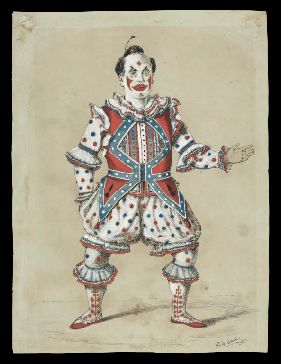
If you like clowns and would like to know more about Joseph Grimaldi please follow this link.
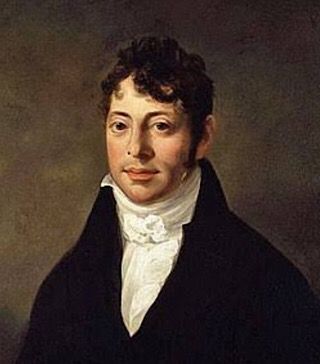
Grimaldi is also credited with inventing the popular phrase Here we are again! which continues to feature in modern pantomimes. (Wikipedia)
